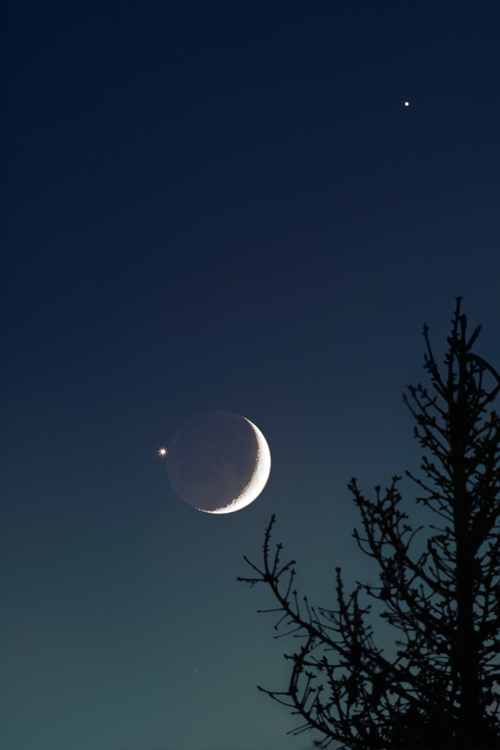Hello Oneonta! I'm back at it and, with the spring semester about to begin, just as busy as ever. That two week trip to Michigan was great, followed by a week down in Texas where it was moderately warmer than it is here in Oneonta...very nice. Although nature is bringing on that icy air which, while refreshingly crisp, has an uncanny ability to penetrate to the very depths of one's bones, I'm still going to give you some suggestions on heading outside to look up. Why? Because the coldest nights of winter are often the clearest, and you don't want to miss the night sky for the next few months!
Head out around 7:00 p.m. and you'll be greeted by the mighty Orion hanging in the southeastern sky. This recognizable constellation serves as a navigation tool for locating a handful of easily spotted constellations and stars in the winter sky. While I won't discuss those in this post, since it's easier seen than described, I do recommend you check out a planetarium show at the SUNY Oneonta Planetarium if you're curious. The planetarium shows this semester will be immediately followed by public observing at the College Camp Observatory (weather permitting)!
Grab your binoculars and find something to lean on (or buy yourself a pair of those really cool image-stabilized binoculars!) and turn your sights on the middle star in Orion's belt. Scanning just below the belt you will see three points of light that look like stars which constitute the "sword" or "sheath" hanging from his belt. Focus on the middle of those three and your eyes will be greeted by a wispy cloud of gas: the Orion Nebula. This is a relatively nearby star-forming region called a diffuse nebula which contains a tight cluster of stars in the center referred to as the Trapezium. These hot young stars emit copious amounts of high-energy radiation which causes the gas surrounding them to glow with a reddish color.
The image above was taken at the College Camp Observatory with the 16-inch telescope. Unfortunately, your view through the binoculars won't look this good, but if you find a dark location you may see some color.
A more easily seen spectacle will occur on January 26th when the thin waxing crescent Moon will be positioned right next to Venus in the western sky. Venus has been that blazing bright spot in the western sky after sunset and will be the center of several great conjunctions in the coming months. The view will resemble the view below that occurred in December 2008:
As the days and weeks go by, that other bright point of light high in the southern sky to the right of Orion (Jupiter) will be rapidly approaching Venus until we have a month-long conjunction of the two bright planets from February through March. This will be a sight you won't want to miss, so every clear night take a peek at them to watch their progress. If you have a clear view of the eastern horizon later in the evening (9 or 10 p.m.), look for a reddish point of light - this is Mars and I will make more mention of it as it becomes more easily visible in the coming weeks and months.
This Saturday night keep your eyes peeled for Northern Lights! A coronal mass ejection from the Sun may cause some geomagnetic storms this weekend if we are lucky.
The winter sky is filled with treasures that are easily seen, so check back often for updates and additional recommendations.

